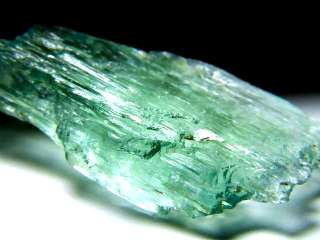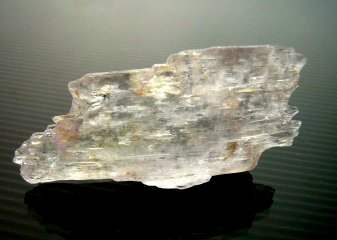| 照射テスト結果(Radiation test
results) |
| 宝石(Gem
Material) |
|
照射前(Before) |
|
照射後(After) |
|
|
|
|
|
| ダイアモンド (Diamond) |
|
1 ほぼ無色 (Near colorless)
2
インクルージョンによる灰色(Gray inclusion) |
|
変化無し
(No change) |
| スポデューメン (Spodumene) |
|
クンツァイト(ピンク)Pink(Kunzite) |
|
緑 (Green) |
| 緑柱石( Beryl) |
|
モルガナイト(Morganite : Brownish
Orangy Pink) |
|
黄色 (Yellow) |
海水養殖真珠
(Salt water cultured
pearl) |
|
白 (White) |
|
灰色 (Gray) |
淡水養殖真珠
(Freshwater cultured
peral) |
|
白 (White) |
|
灰色 (Gray) |
| 水晶(Quartz) |
|
無色(Colorless) |
|
褐色 (Brown) |
| 水晶(Quartz) |
|
黄色(Citrine) |
|
褐色 (Brown) |
| サファイア(Sapphire) |
|
淡青(Light blue) |
|
黄橙(Yellowish
orange) |
| トパーズ(Topaz) |
|
無色(Colorless) |
|
褐色(Brown) |
| トルマリン(Tourmaline) |
|
ほぼ無色(Near colorless) |
|
淡いピンク(Light pink) |
| トルマリン(Tourmaline) |
|
淡いピンク(Light pink) |
|
濃いピンク(Darker
pink) |
| トルマリン(Tourmaline) |
|
二色:ピンク・緑(Bicolored
green and
pink) |
|
緑(Green):変化無し(No change)
ピンク(Pink):濃色(darker) |
| ジルコン(Zircon) |
|
無色(Colorless) |
|
ピンクを帯びた茶色(Pinkish
brown) |
| ジルコン(Zircon) |
|
黄色(Yellow) |
|
褐色を帯びた茶色(Yellowish
brown) |
| ジルコン(Zircon) |
|
緑(Green) |
|
緑・黄色を帯びた茶色
(Greenish
yellowish brown) |
|
|
|
|
|







